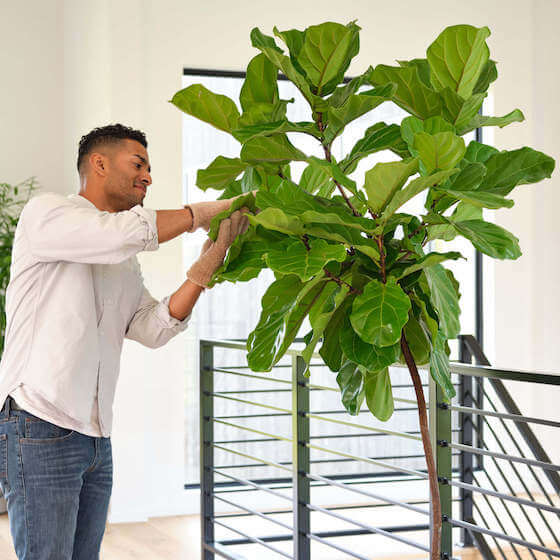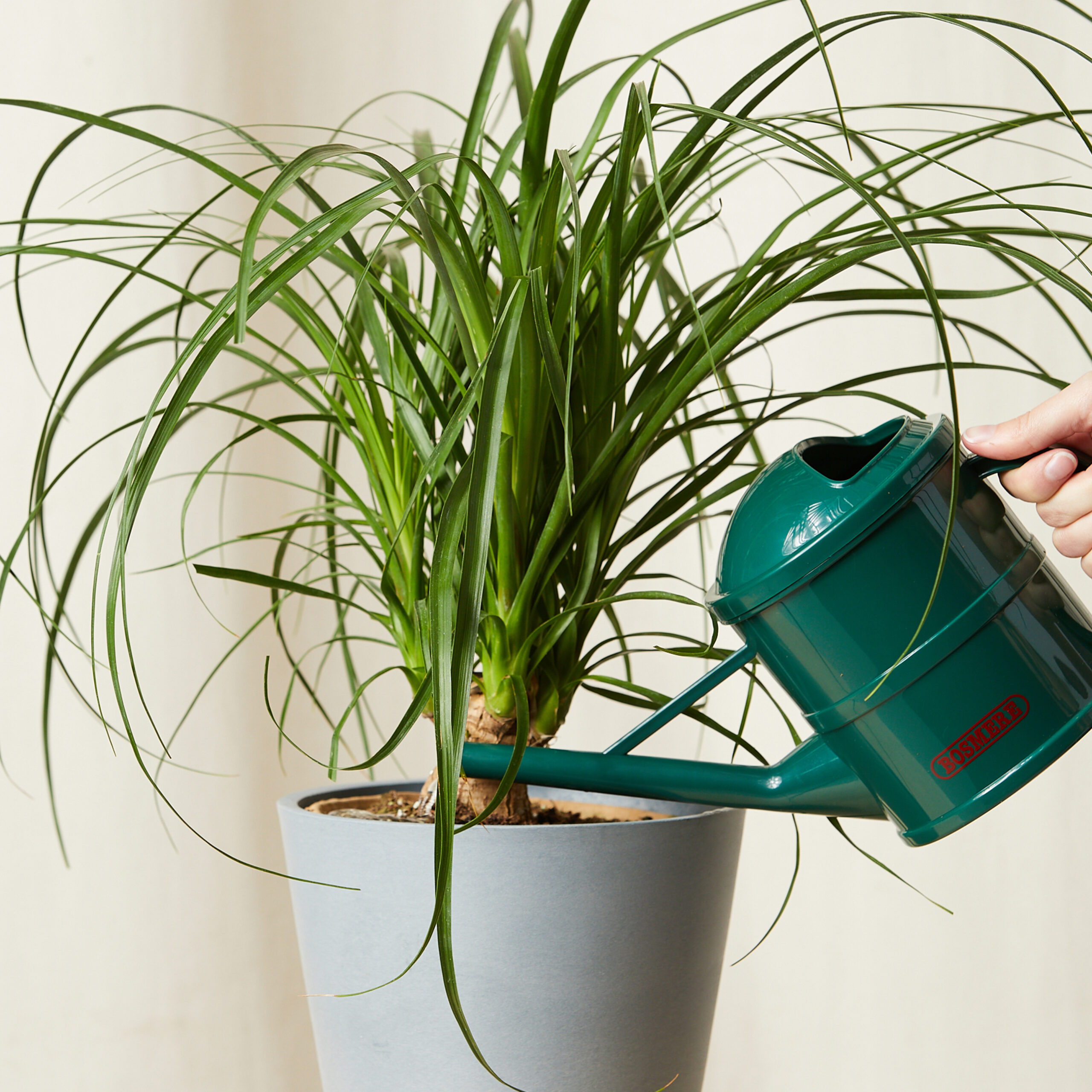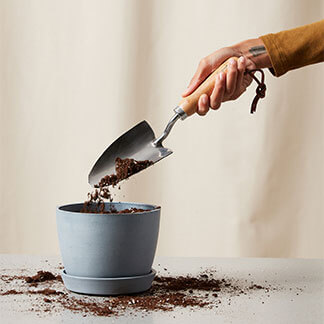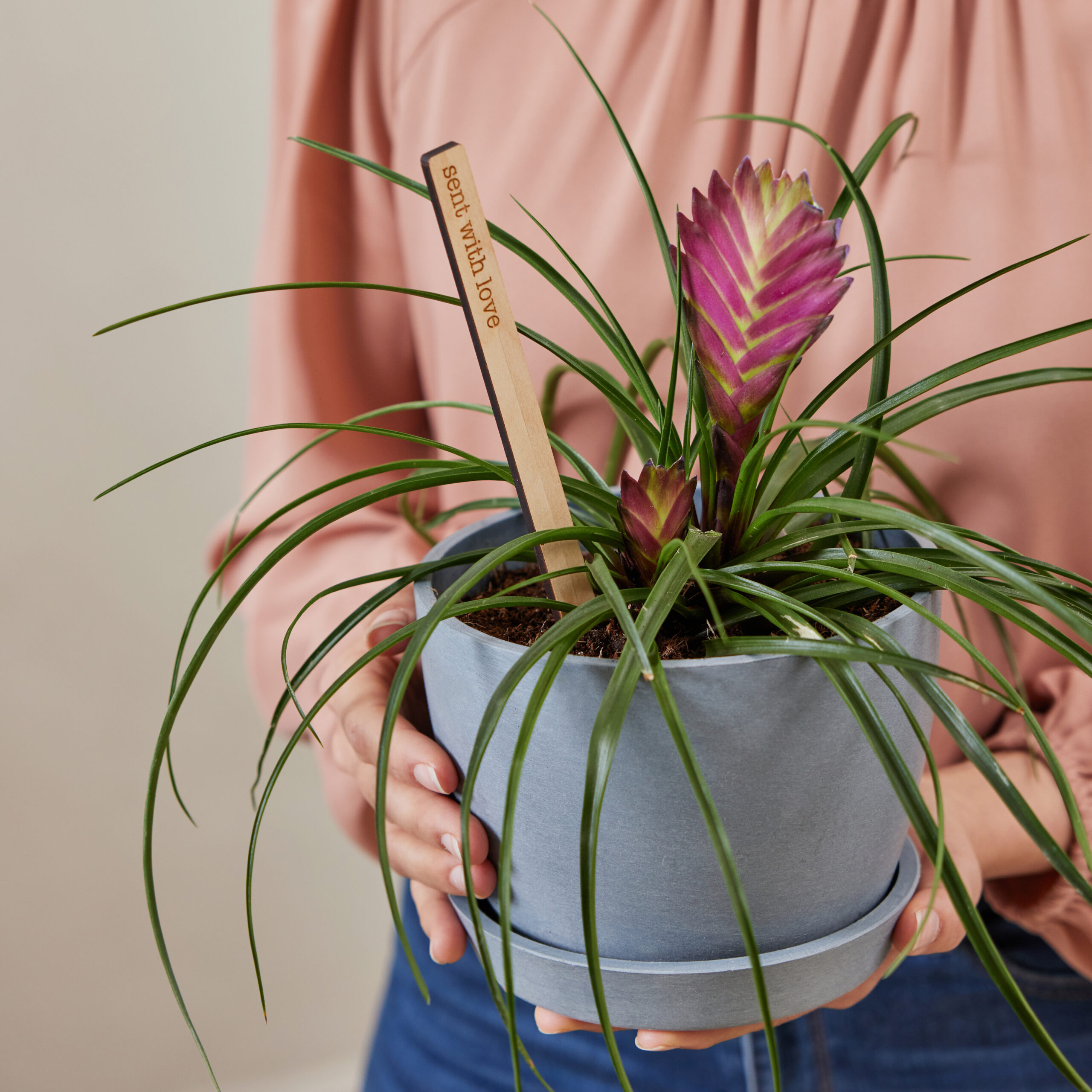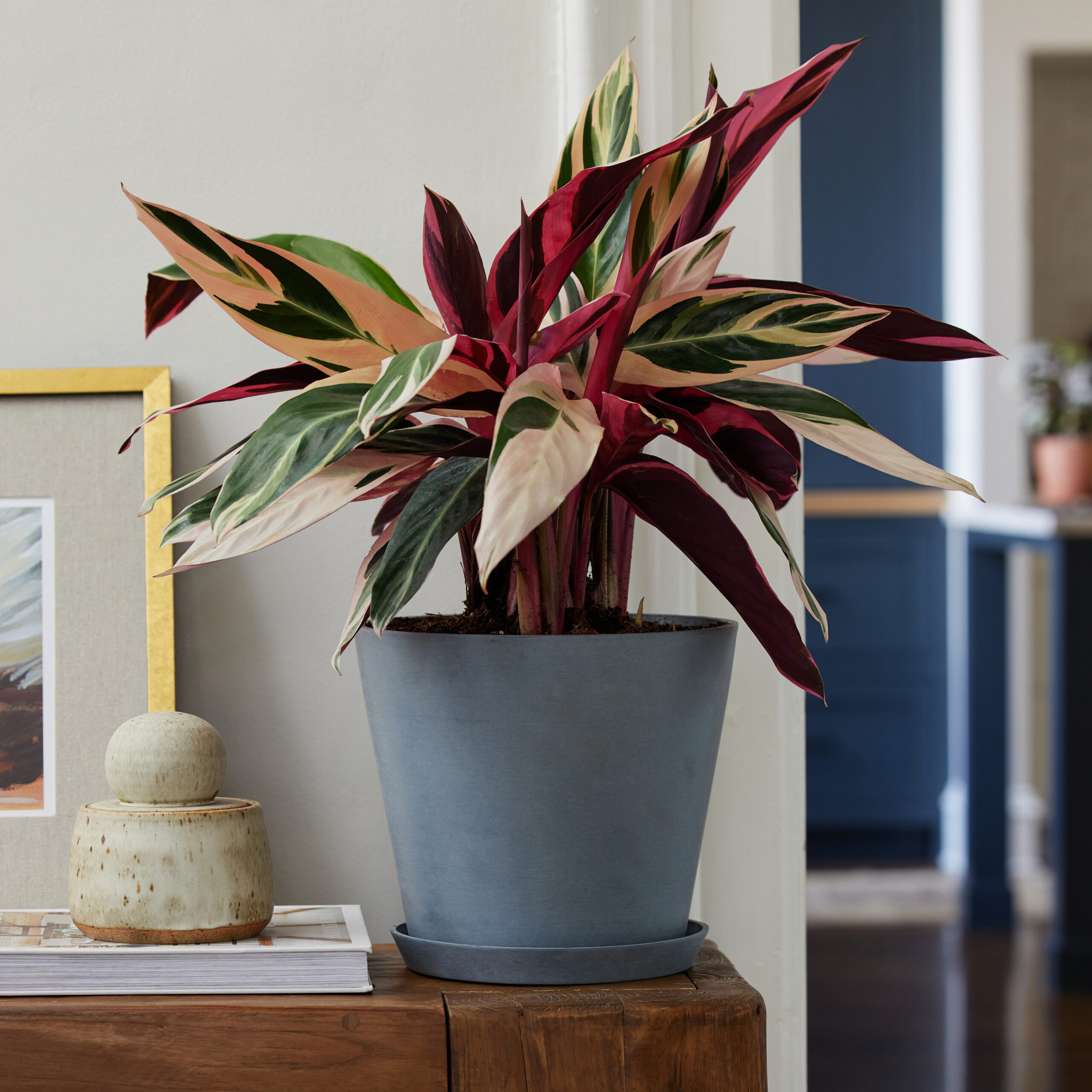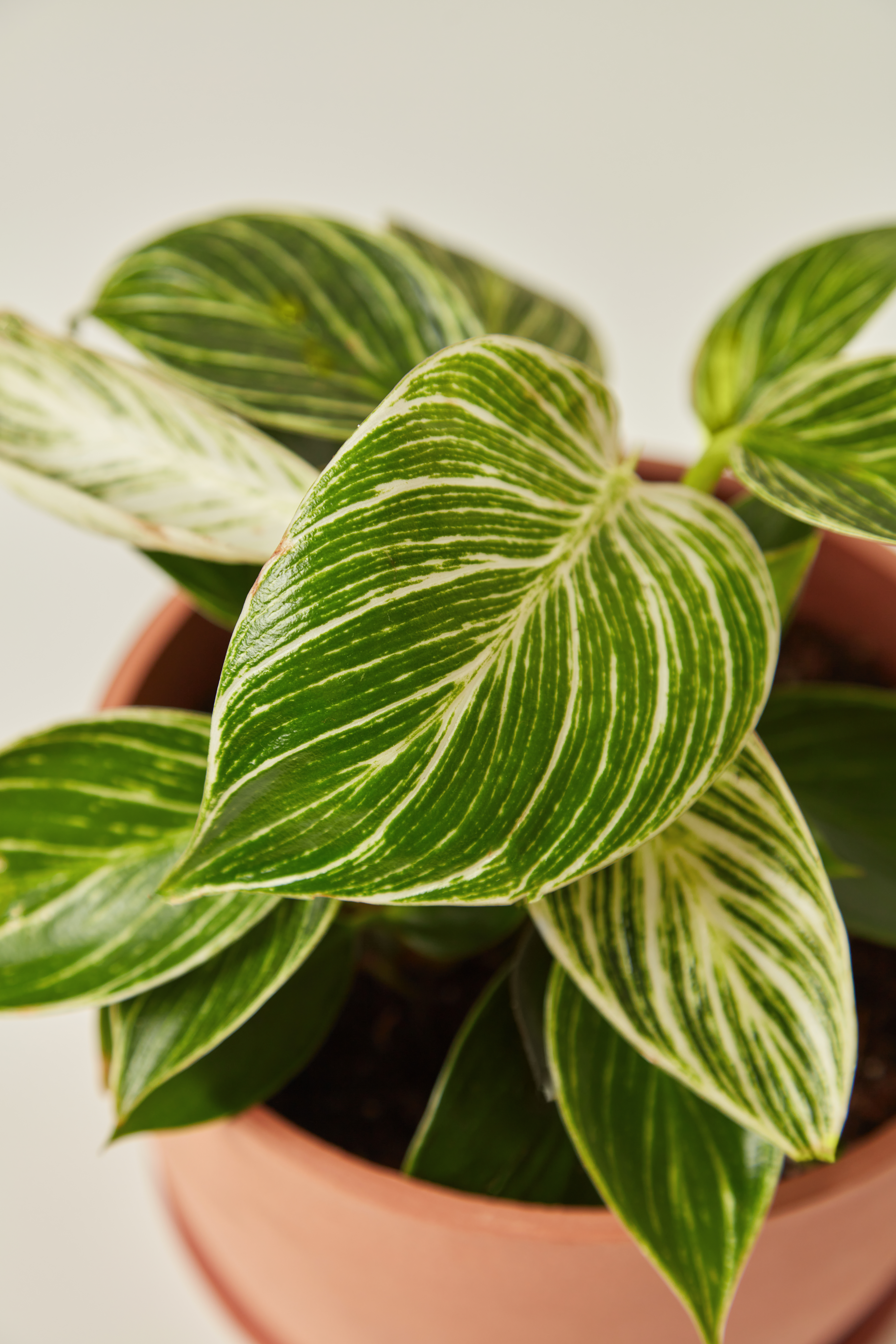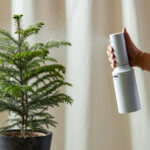Overwatering & Root Rot
The most common culprit is overwatering. Philodendrons like evenly moist soil, but too much water suffocates the roots, leading to rot that shows up as blackened or mushy stems.
-
Make sure your pot has drainage holes.
-
Empty saucers so your plant isn’t sitting in water.
-
If the soil feels soggy, hold off on watering until the top few inches dry out.
If you see stems turning soft and black, trim away the affected parts and repot in fresh, well-draining soil to give the healthy roots a chance to recover.
Fungal or Bacterial Infections
When soil stays wet, pathogens like Pythium or Phytophthora can take hold, causing stem rot. Infections spread quickly, so fast action is key.
-
Remove and discard any blackened stems or leaves.
-
Improve air circulation around your plant to reduce excess moisture.
-
Water at the base of the plant rather than over the leaves to help prevent fungal spread.
Light Stress
Philodendrons thrive in bright, indirect light. Too much direct sunlight can scorch stems and create darkened areas, while too little light won’t usually blacken stems but may weaken the plant overall.
If your Philodendron is near a hot, sunny window, pull it back a few feet or diffuse the light with a sheer curtain.
Temperature Stress
Sudden chills or drafts can also cause stem damage. These tropical plants prefer consistent indoor temperatures between 65–80°F (18–27°C).
Keep your plant away from drafty windows, air conditioners, and heating vents, which can cause stress and discoloration.
Pests
Although less common, pests like mealybugs or scale may weaken stems, leading to dark patches.
Check the stems closely for cottony clusters, sticky residue, or small bumps. Treat with neem oil, insecticidal soap, or by wiping down the stems with a damp cloth.
When Some Stem Discoloration is Normal
A little browning or darkening at older stem nodes is often just part of the plant’s natural growth cycle. The key is to watch your new growth — if fresh leaves and stems look strong and healthy, your plant is likely fine.
